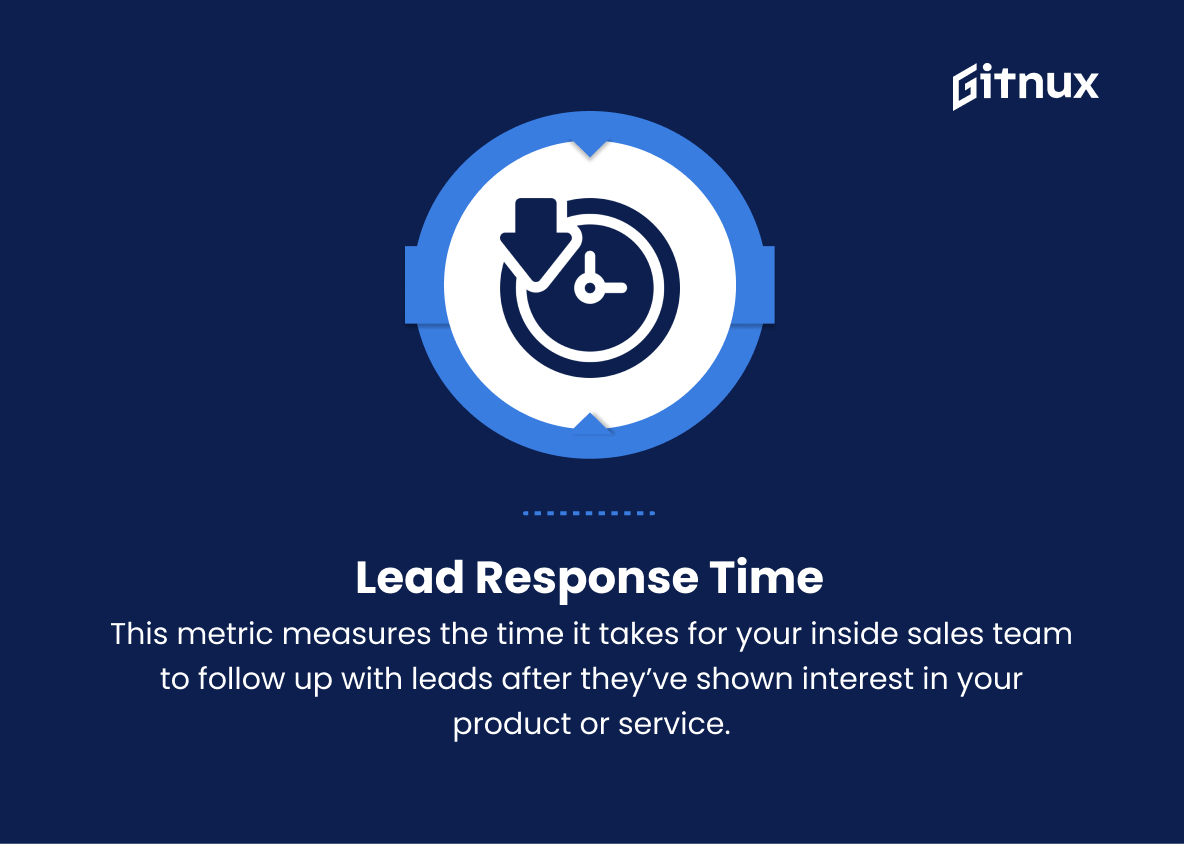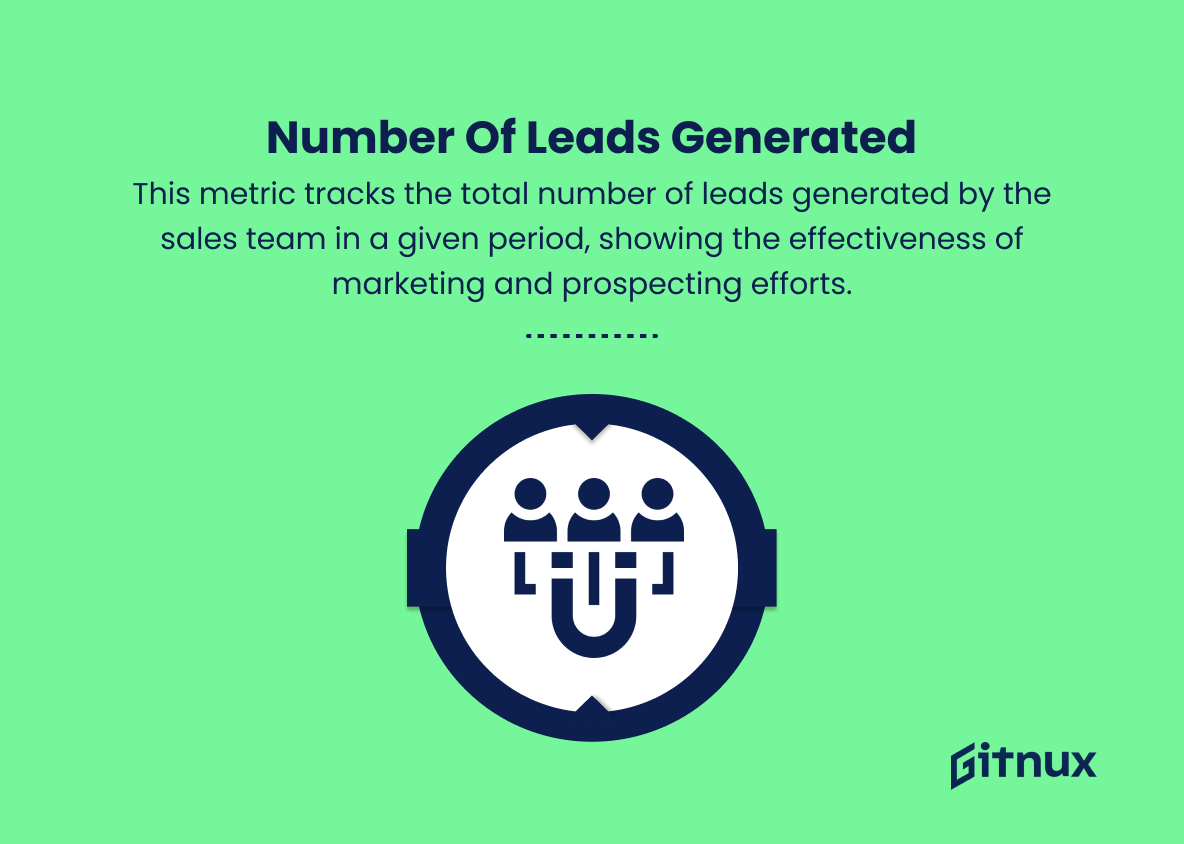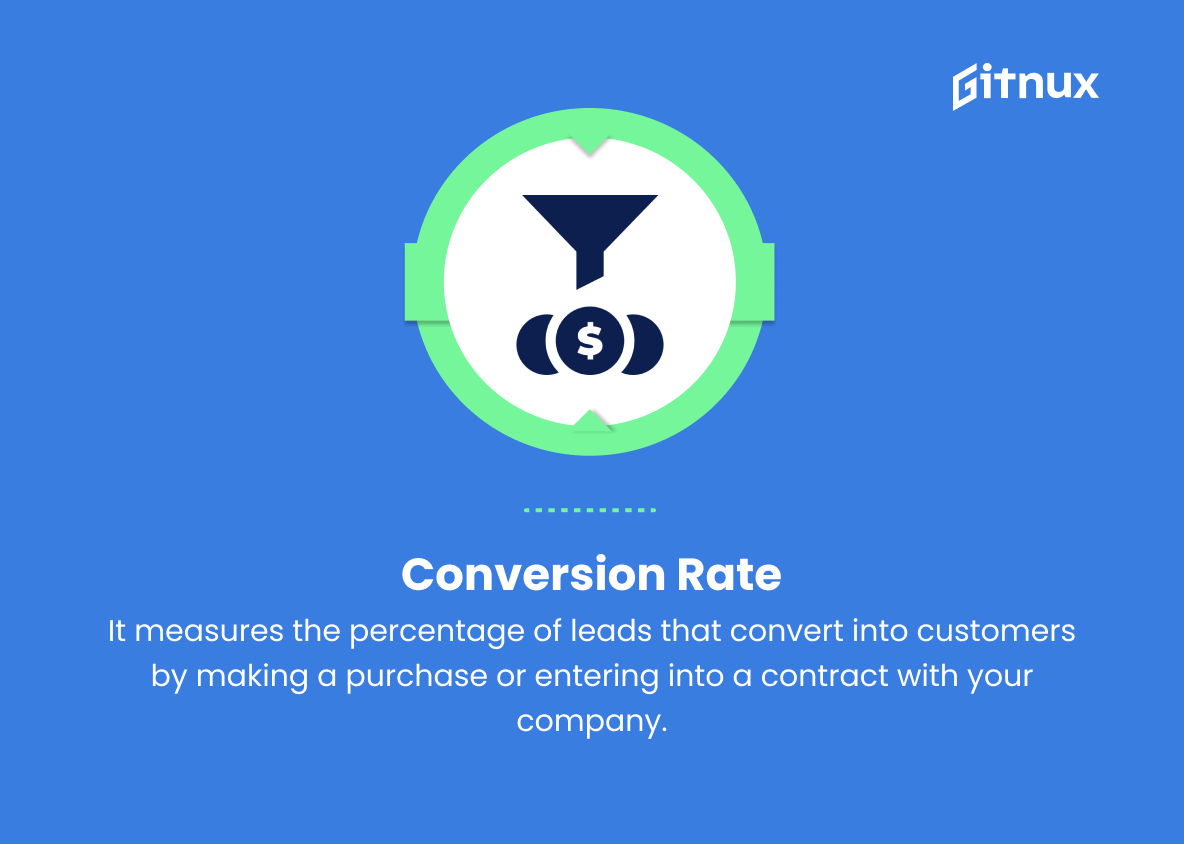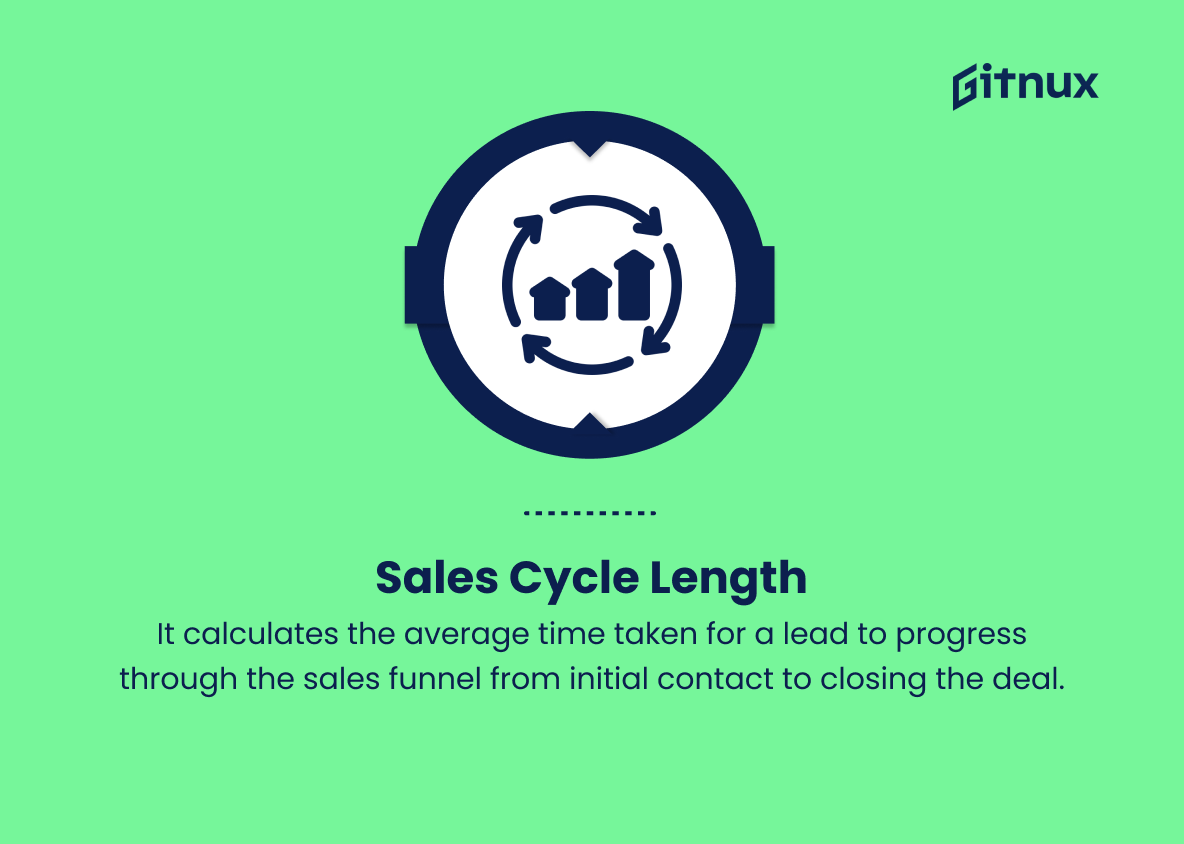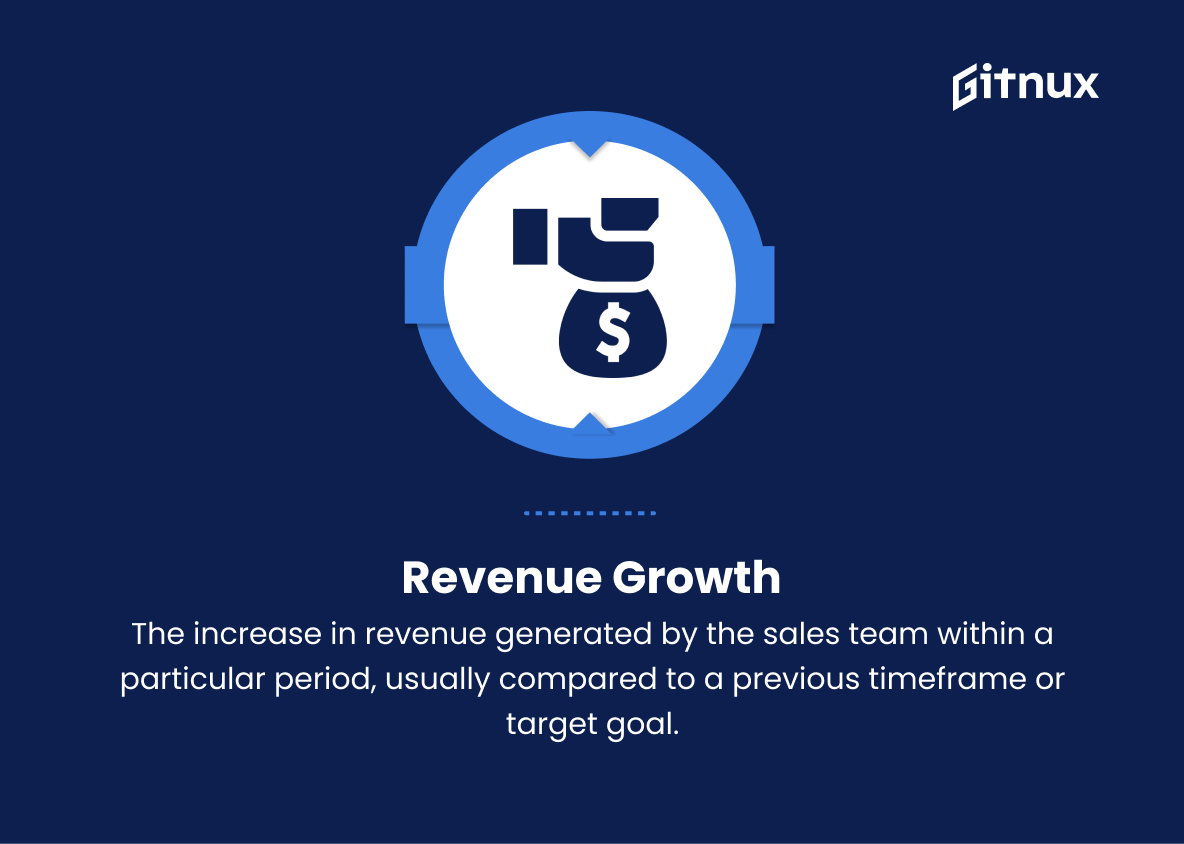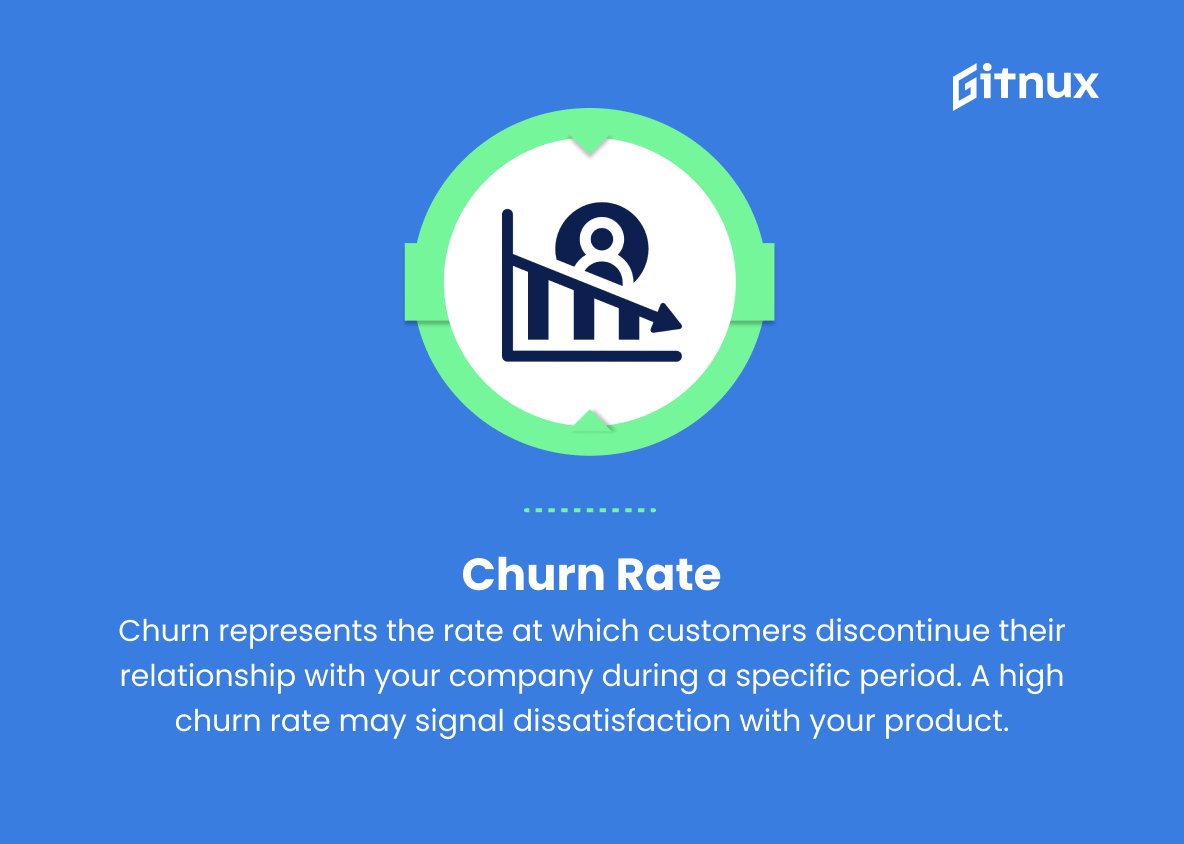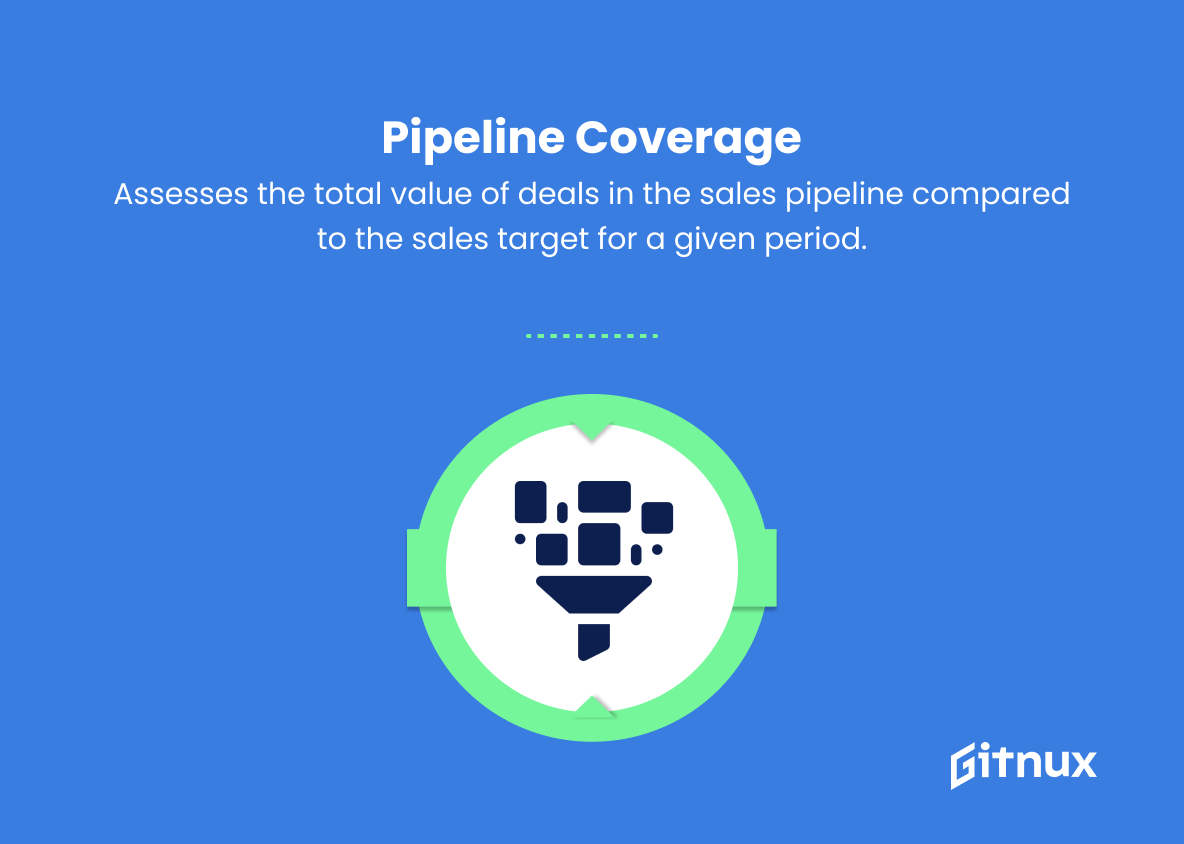In the fiercely competitive world of business, the importance of inside sales metrics cannot be overstated. These crucial data points serve as the lifeblood for any organization that wants to thrive in an ever-changing market landscape. As we delve deeper into the world of sales analytics and strategic decision-making, this blog post will shed light on the most essential inside sales metrics, their significance, and how leveraging them effectively can propel your organization to new heights of success. From understanding your sales pipeline and conversion rates to identifying areas that need improvement, uncover the profound impact that these vital metrics have on your sales team’s efficiency and overall business growth. So, buckle up as we embark on this insightful journey to transform your inside sales process with the power of data-driven insights.
Inside Sales Metrics You Should Know
1. Lead Response Time
This metric measures the time it takes for your inside sales team to follow up with leads after they’ve shown interest in your product or service. A shorter response time can significantly increase the chances of converting leads into customers.
2. Number of leads generated
This metric tracks the total number of leads generated by the sales team in a given period, showing the effectiveness of marketing and prospecting efforts.
3. Conversion rate
It measures the percentage of leads that convert into customers by making a purchase or entering into a contract with your company. As a critical metric, it indicates the success rate of your inside sales team.
4. Average deal size
This metric refers to the average value of deals closed by sales reps within a specific period, providing insight into overall sales performance and the quality of leads generated.
5. Sales cycle length
It calculates the average time taken for a lead to progress through the sales funnel from initial contact to closing the deal. Shorter sales cycles indicate greater efficiency in the inside sales process.
6. Calls/emails per lead
This metric gauges the average number of touchpoints needed to convert a lead into a sale, assessing the effectiveness of sales communication.
7. Revenue growth
The increase in revenue generated by the sales team within a particular period, usually compared to a previous timeframe or target goal. This metric directly reflects your inside sales team’s overall performance.
8. Customer acquisition cost (CAC)
CAC represents the total cost of acquiring a new customer, including marketing and sales expenses. This metric helps identify the efficiency of your inside sales efforts.
9. Churn rate
Churn represents the rate at which customers discontinue their relationship with your company during a specific period. A high churn rate may signal dissatisfaction with your product, service, or sales process.
10. Quota attainment
This metric measures the percentage of sales reps who reach or exceed their sales targets within a given period. Higher quota attainment signifies a successful sales team.
11. Call connect/contact ratio
This represents the number of successful calls (where a meaningful conversation occurred) divided by the total number of calls made by the sales rep during a specific period. A higher ratio indicates effective prospecting and communication skills.
12. Pipeline coverage
This metric assesses the total value of deals in the sales pipeline compared to the sales target for a given period. Adequate pipeline coverage is crucial for ensuring your team can meet or exceed its targets.
13. Win rate
The win rate calculates the percentage of closed deals compared to the total number of won and lost opportunities. A high win rate demonstrates successful sales strategies and execution.
Inside Sales Metrics Explained
Inside sales metrics play a crucial role in evaluating the efficiency and success of a company’s sales efforts, helping to identify areas for improvement, and driving growth. Metrics like lead response time, number of leads generated, and conversion rate, provide insight into the team’s performance, the effectiveness of marketing efforts, and sales communication. Similarly, average deal size and sales cycle length help assess the quality of leads and the efficiency of the sales process. Revenue growth, customer acquisition cost, churn rate, quota attainment, call connect/contact ratio, pipeline coverage, and win rate, collectively paint a comprehensive picture of the overall health and performance of a company’s inside sales efforts. Monitoring and optimizing these metrics ensure that the sales process aligns with the company’s goals, resulting in increased customer satisfaction and revenue growth.
Conclusion
In conclusion, the importance of tracking and analyzing inside sales metrics cannot be overstated. By identifying key performance indicators, monitoring progress, and making data-driven decisions, organizations can optimize their inside sales process and generate significant improvements in efficiency, productivity, and revenue. As we have discussed in this blog post, some essential inside sales metrics to consider are lead response time, contact and conversion rates, call-to-close ratio, average deal size, and sales rep productivity.
By consistently monitoring these metrics, sales teams can identify trends and weaknesses, enabling them to make strategic improvements and remain competitive in the fast-paced world of inside sales. Ultimately, the key to success in inside sales is combining the human touch with data-driven decision making, striking a balance that drives both customer satisfaction and bottom-line results.
